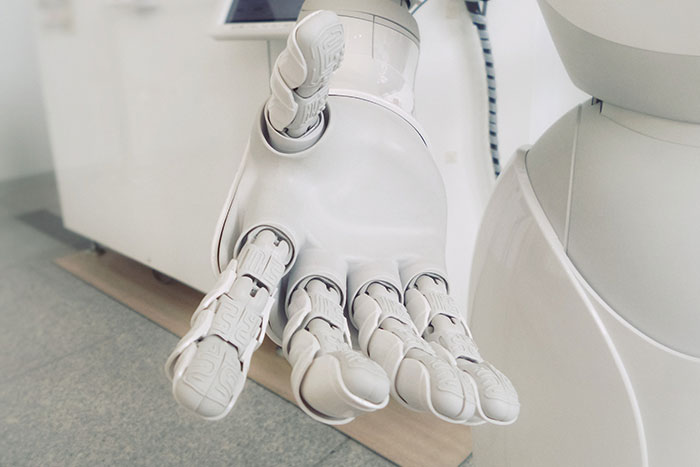While COVID-19 has shaken up most industries during 2020, each market has found ways to forge ahead. This includes various industrial businesses that are relying on new trends to assist growth and development. For some brands, this has been as simple as switching from paper logs to electronic logs to record hours of service.

Other niches, like the fleet industry, are working harder than ever to incorporate new technologies and maintain professional certification. This impacts contractor, fleet managers, roadside inspection professionals, end-users, and much more across the United States.
The fleet industry is investing more in tech.
From pickup trucks to commercial motor vehicles, the fleet industry has continued growth due to ongoing needs for shipping, distribution, and service. Even small fleets have seen the impact of mobile apps, electronic logging devices, and fleet management system technology. If you’re operating a motor carrier fleet and you haven’t yet invested in electronic logging devices (ELD) it’s time to do so. The ELD mandate and ELD compliance regulations have altered vehicle inspections, duty status logs, and even the diagnostic ports across the truck industry. For example, take commercial-use pickups. Having an ELD for pickup trucks is handy due to the ease of use for logs, the record of duty status, and the simplicity of the ELD devices.
As provisioned by the Federal Motor Carrier Safety Administration, the ELD mandate helps create a safer workplace environment. These FMCSA regulations are going to continue to impact the industry as time goes on, with few exemptions. Whether you’re a fleet owner, one of many driveaway-towaway drivers, or you maintain a small pickup business, the ELD rule is going to continue to affect you through HOS compliance and more.
Controlled work areas continue to be a focus.
Cleanroom construction (also written as cleanroom construction) is nothing “new,” strictly speaking. Workers across the U.S. have had a continued need for workspaces free of contaminants and pathogens. The construction process, however, is subject to numerous technological shifts and regulations that make room fabrication more intentional. For the medical device manufacturing industry, for instance, certain transparency and visibility regulations take precedence. Even if you have years of experience in the field, clean rooms are a bigger focus now than ever, thanks in no small part to COVID-19.
Some of the key cleanroom regulations include regularly updated paperwork, appropriate logbooks and sensors, cleanliness analytics, and more. Temperature and humidity are also major factors in the cleanroom process. Having proper adapters, HEPA filters, and well-maintained ceilings impact the industrial construction market greatly. By failing to adhere to these regulations, contractors and subcontractors are subject to fines and penalties.
Cobot integration steadily grows.
Collaborative robots are a newer technology that is greatly impacting the need for corporate flexibility and manufacturing automation. These robots have the potential to dramatically reduce costs, assist workers with standard tasks, and even create safer workspaces across numerous industries. Cobots are being applied in a number of industrial settings and have the demand for collaborative robots is forecasted to continue growing as the year’s progress.
Material handling, in particular, will benefit from cobots greatly. Pick and place lines are liable to see much less downtime and greater levels of productivity than ever before. This is a boon to many workers and administrators alike. It’s easy to account for this growth as the technology is almost strictly beneficial for the bottom line.
Between electronic logbooks, engine control modules, collaborative robots, and controlled workspaces, it’s hard to predict what the next set of industrial trends could be. Look for new tech cropping up in the 30-day period leading to 2021 to get a glimpse at what the future may hold.
